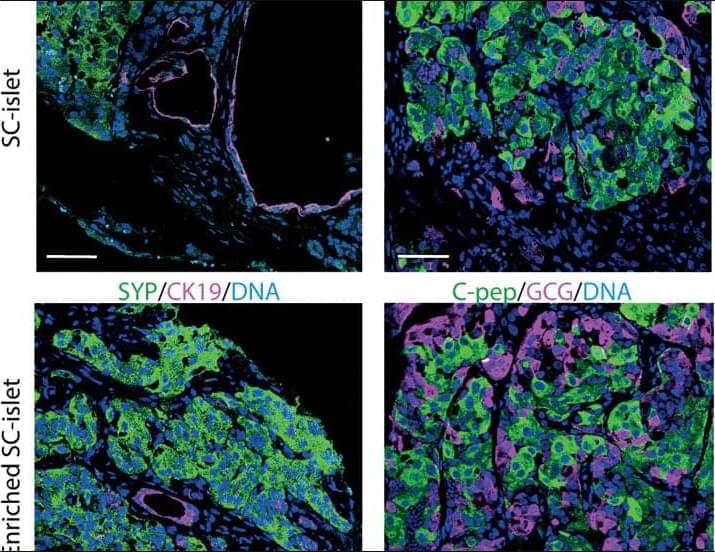For industrial organizations serious about AI value, objective functions can provide the critical link between technical capabilities and business outcomes.



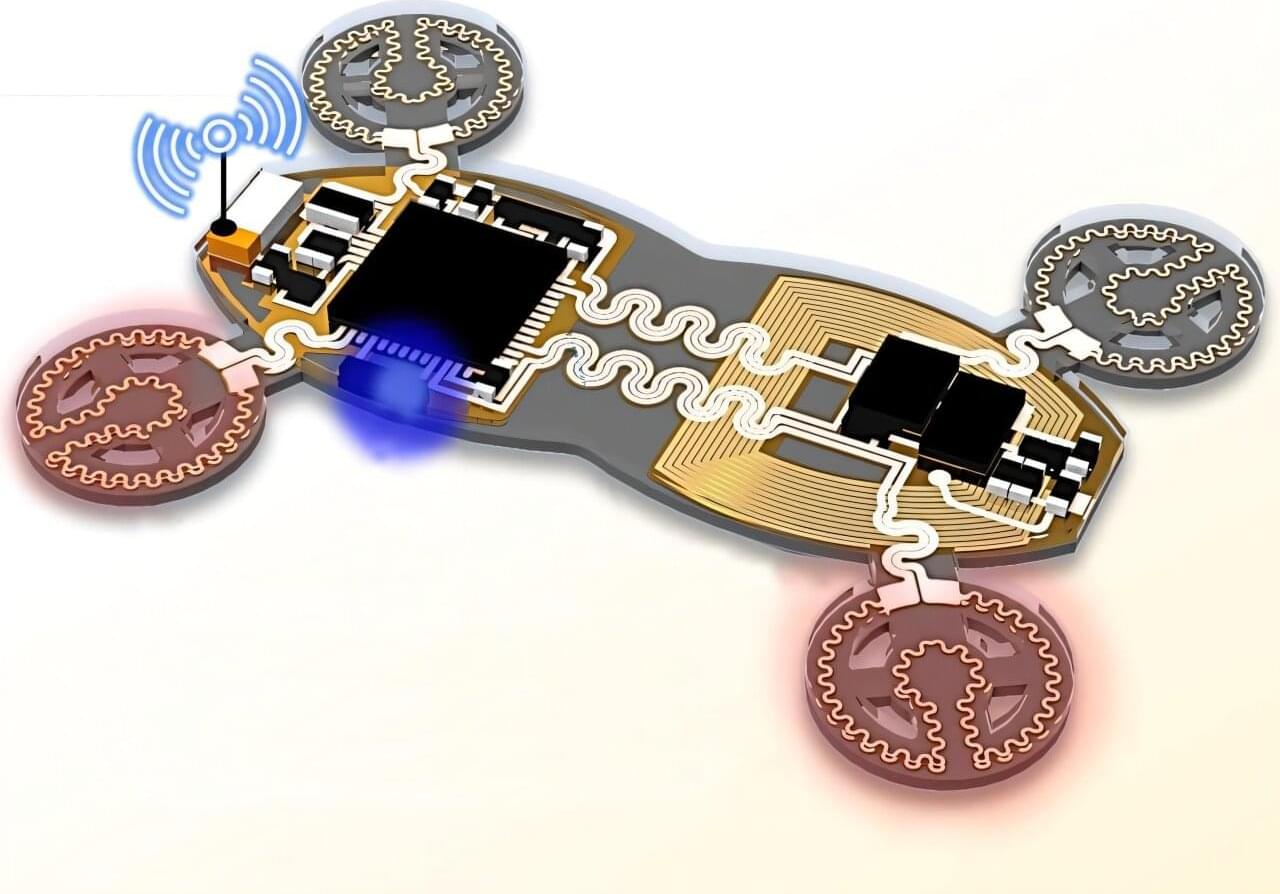
A tiny, soft, flexible robot that can crawl through earthquake rubble to find trapped victims or travel inside the human body to deliver medicine may seem like science fiction, but an international team led by researchers at Penn State are pioneering such adaptable robots by integrating flexible electronics with magnetically controlled motion.
Researchers have succeeded, for the first time, in displaying three-dimensional graphics in mid-air that can be manipulated with the hands. The team includes Doctor Elodie Bouzbib, from Public University of Navarra (UPNA), together with Iosune Sarasate, Unai Fernández, Manuel López-Amo, Iván Fernández, Iñigo Ezcurdia and Asier Marzo (the latter two, members of the Institute of Smart Cities).
“What we see in films and call holograms are typically volumetric displays,” says Bouzbib, the first author of the work. “These are graphics that appear in mid-air and can be viewed from various angles without the need for wearing virtual reality glasses. They are called true-3D graphics.
They are particularly interesting as they allow for the ‘come-and-interact’ paradigm, meaning that the users simply approach a device and start using it.
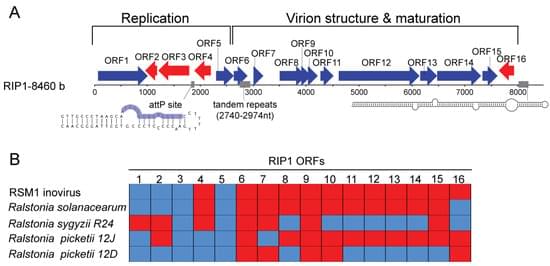
Viruses infecting bacteria (bacteriophages) represent the most abundant viral particles in the human body. They participate in the control of the human-associated bacterial communities and play an important role in the dissemination of virulence genes. Here, we present the identification of a new filamentous single-stranded DNA phage of the family Inoviridae, named Ralstonia Inoviridae Phage 1 (RIP1), in the human blood. Metagenomics and PCR analyses detected the RIP1 genome in blood serum, in the absence of concomitant bacterial infection or contamination, suggesting inovirus persistence in the human blood. Finally, we have experimentally demonstrated that the RIP1-encoded rolling circle replication initiation protein and serine integrase have functional nuclear localization signals and upon expression in eukaryotic cells both proteins were translocated into the nucleus. This observation adds to the growing body of data suggesting that phages could have an overlooked impact on the evolution of eukaryotic cells.
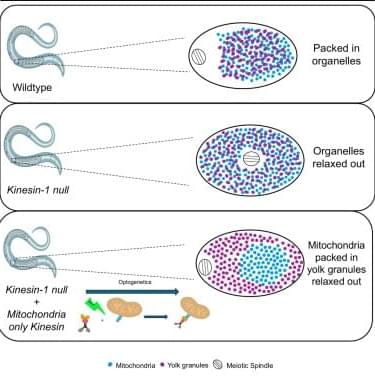

Immune evasion of human stem-cell-derived neural graft in rodent models.
Transplantation rejection is the main challenge in human pluripotent stem cell (hPSC)-derived therapies.
The researchers used hPSC line (termed H1-FS-8IM), engineered to overexpress 8 immunomodulatory transgenes, to enable transplant immune evasion.
They show in co-cultures, H1-FS-8IM PSC-derived midbrain neurons evaded rejection by T lymphocytes, natural killer cells, macrophages, and dendritic cells.
The authors also provide preclinical evidence of pluripotent stem cell line evading immune detection after neural engraftment in a humanized immune system mouse model and reversal of motor symptoms in Parkinsonian rats.
Incorporation of a suicide gene within the universal donor cell ensures safety for cell-based therapies. https://sciencemission.com/A-cloaked-human-stem-cell-derived-neural-graft
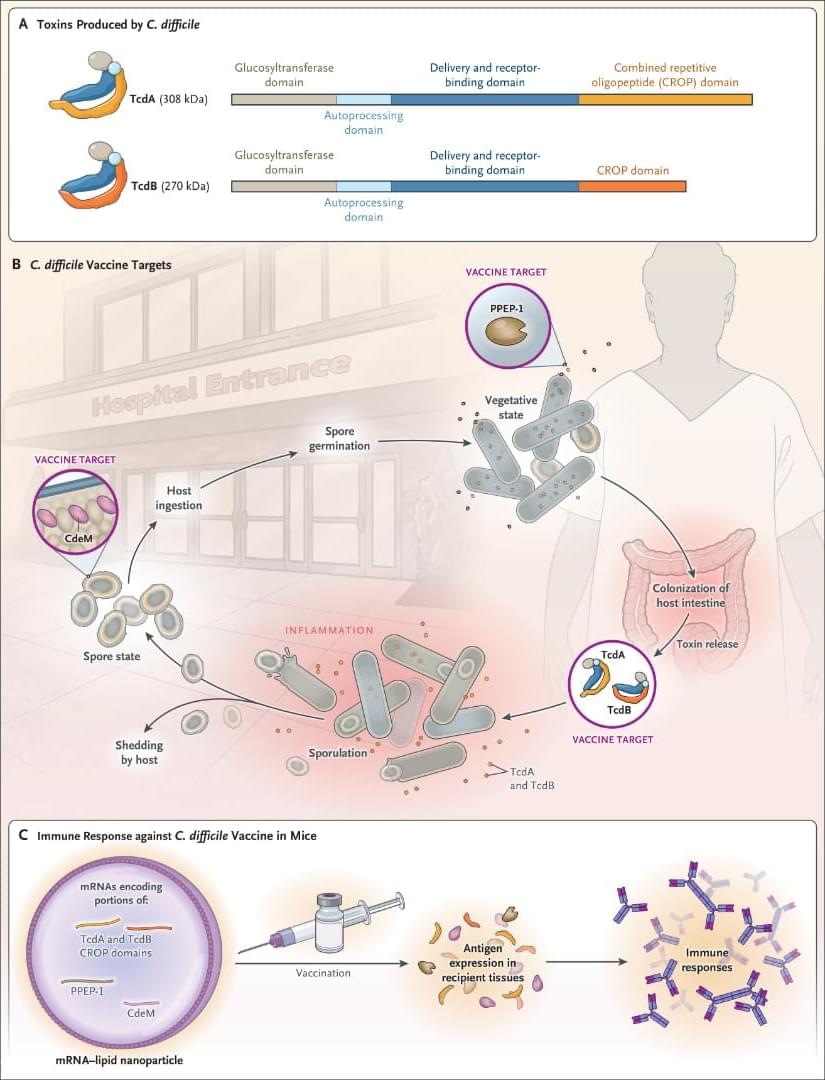

Van Andel Institute scientists and collaborators have developed a new method for identifying and classifying pancreatic cancer cell subtypes based on sugars found on the outside of cancer cells.
These sugars, called glycans, help cells recognize and communicate with each other. They also act as a cellular “signature,” with each subtype of pancreatic cancer cell possessing a different composition of glycans.
The new method, multiplexed glycan immunofluorescence, combines specialized software and imaging techniques to pinpoint the exact mix of pancreatic cancer cells that comprise tumors. In the future, this information may aid in earlier, more precise diagnosis.
